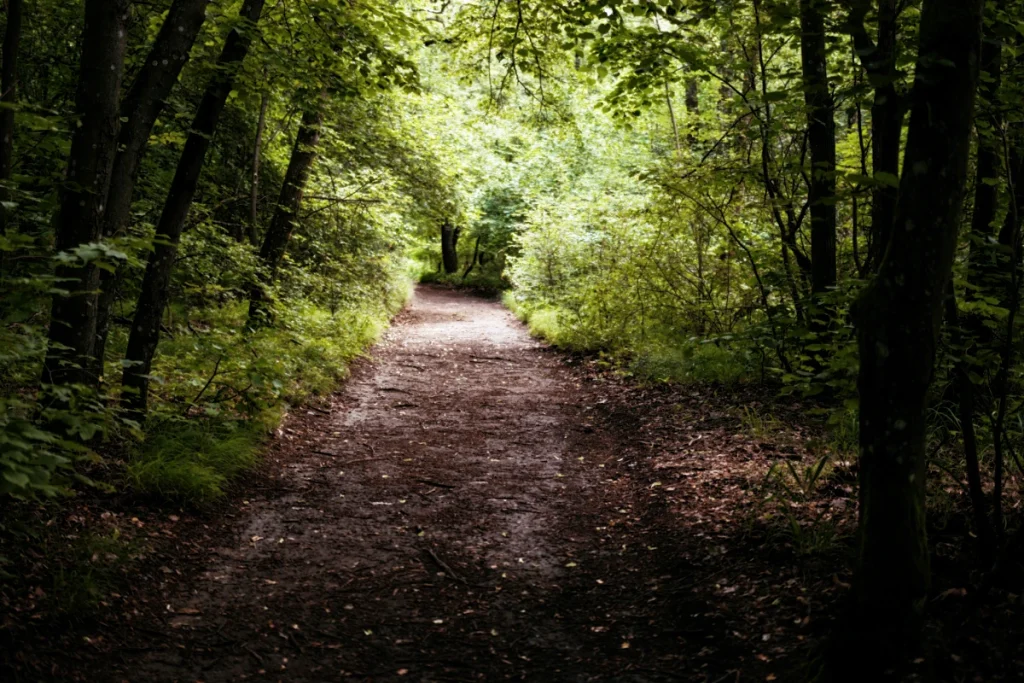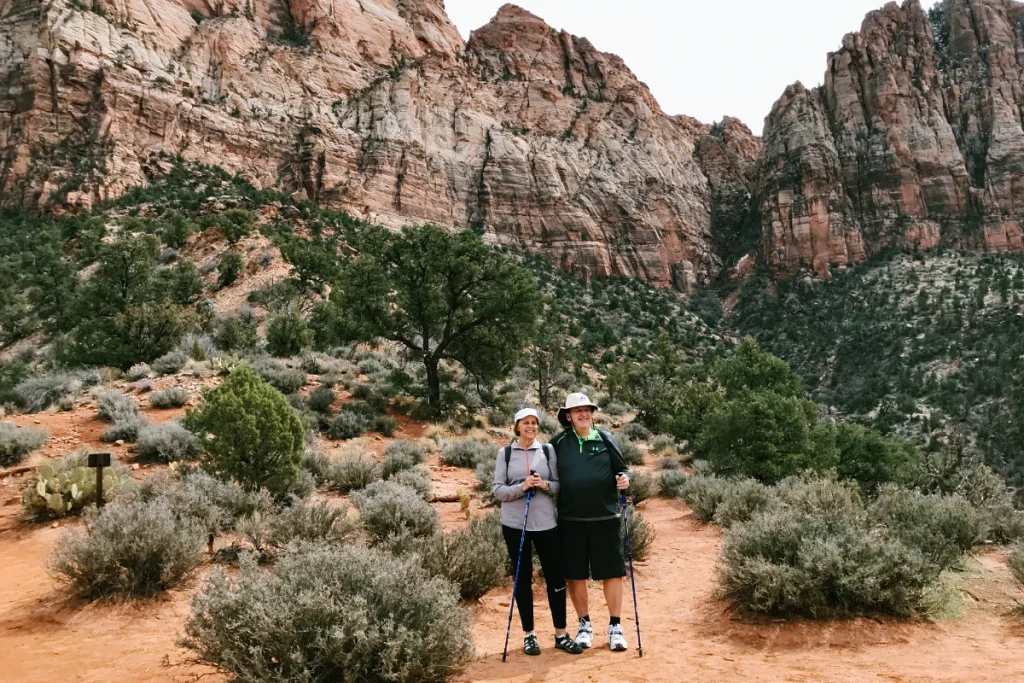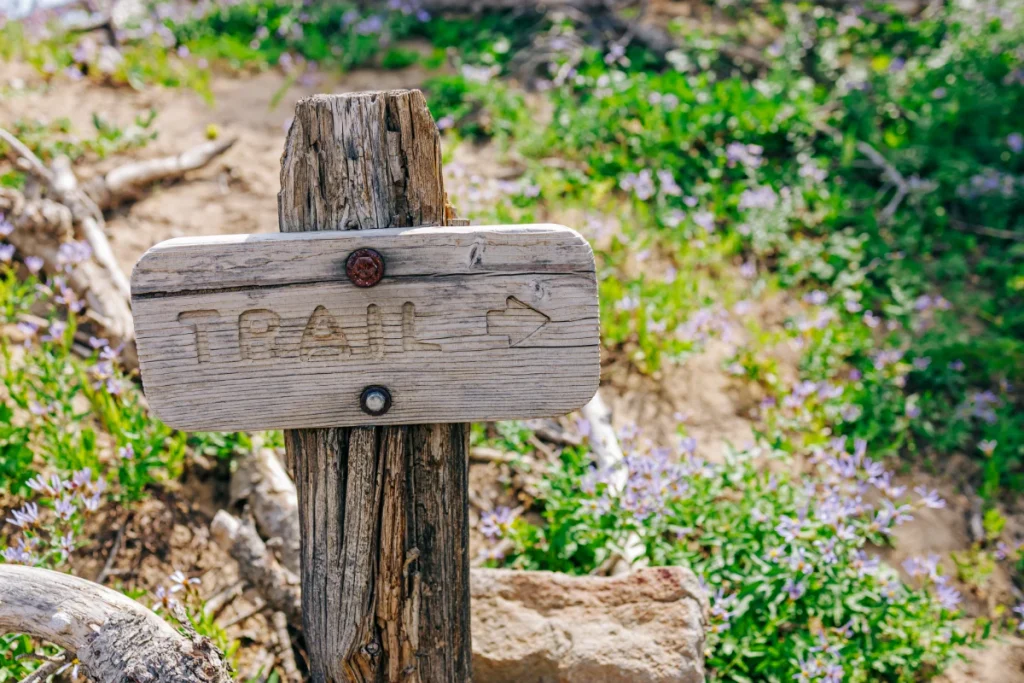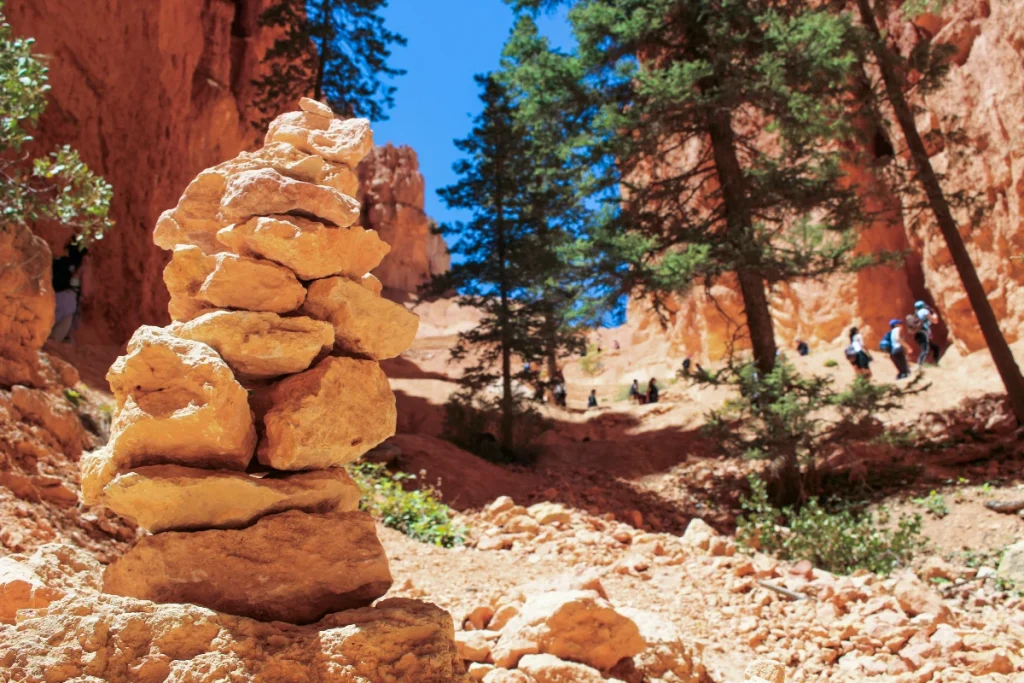Embarking on your first hiking adventure is an exciting experience. To ensure you have a safe and enjoyable journey, we’ve compiled a comprehensive guide with essential tips for beginners. These Hiking for Beginners tips will help you prepare, stay safe, and make the most of your time on the trails.

Choosing the Right Trail: How to Pick Your Perfect Hike
Selecting the appropriate trail is crucial for a successful hike. Beginners should start with easy to moderate trails that match their fitness levels and experience. Research local trails online, read reviews, and check trail maps for distance, elevation gain, and terrain difficulty. Websites like AllTrails and local hiking groups can provide valuable insights and recommendations.

Essential Gear: What to Bring on Your Hike
Packing the right gear is vital for comfort and safety (related: 10 camping hacks). Here’s a list of must-have items for your hiking adventure:
- Footwear: Invest in quality hiking boots or shoes that offer support and traction. Ensure they are broken in before your hike to avoid blisters.
- Clothing: Dress in moisture-wicking, quick-dry layers. Bring a waterproof jacket and extra socks.
- Backpack: Choose a comfortable backpack with enough capacity to carry your essentials.
- Navigation Tools: Carry a map, compass, or GPS device. Familiarize yourself with the route beforehand.
- Hydration: Bring at least 2 liters of water per person. Consider a hydration bladder for easy access.
- Nutrition: Pack high-energy snacks like nuts, dried fruit, and energy bars. For longer hikes, bring a light meal.
- First Aid Kit: Include bandages, antiseptic wipes, pain relievers, and any personal medications.
- Sun Protection: Wear a hat, sunglasses, and sunscreen.
- Lighting: Carry a headlamp or flashlight with extra batteries.
- Emergency Items: Bring a whistle, multi-tool, and fire starter.
Physical Preparation: How to Train for Your Hike
Physical fitness plays a significant role in your hiking experience. Start preparing a few weeks before your hike with these exercises:
- Cardio: Engage in regular cardio workouts like walking, running, or cycling to build endurance.
- Strength Training: Focus on leg and core exercises, such as squats, lunges, and planks, to build strength.
- Flexibility: Incorporate stretching routines or yoga to improve flexibility and reduce injury risk.
- Practice Hikes: Take shorter hikes on similar terrain to acclimate your body to the conditions you’ll face.
Trail Etiquette: Respecting Nature and Fellow Hikers
Adhering to trail etiquette ensures a pleasant experience for everyone and helps preserve the natural environment. Follow these guidelines to ensure trail respect for beginning hikers:
- Stay on Marked Trails: Avoid damaging vegetation and disturbing wildlife by sticking to designated paths.
- Yield to Others: Uphill hikers have the right of way. Step aside to let them pass.
- Leave No Trace: Pack out all trash, including food scraps and toilet paper. Use designated restrooms or dig a cat hole for waste.
- Respect Wildlife: Observe animals from a distance and do not feed them.
- Quiet Enjoyment: Keep noise levels low to maintain the serenity of nature.

Understanding Trail Markers: Navigating with Confidence
Trail markers guide you along your hike and provide important information. Familiarize yourself with common markers:
- Blazes: Paint marks on trees or rocks indicating the trail. Different colors may signify different trails.
- Cairns: Stacked rocks used to mark trails in open or rocky areas.
- Signs: Informational signs at trailheads or junctions provide directions, distances, and warnings.
- Arrows: Pointing in the direction of the trail, often found at junctions or turns.
Safety Precautions: Staying Safe on the Trail
Safety should always be a priority. Follow these precautions to minimize risks:
- Hike with a Buddy: If possible, hike with a partner or in a group.
- Check Weather Forecasts: Be aware of weather conditions and adjust your plans accordingly.
- Inform Someone: Let a friend or family member know your hiking plans and estimated return time.
- Carry a Whistle: Use it to signal for help in case of emergency.
- Stay Hydrated: Drink water regularly to prevent dehydration.
- Monitor Your Body: Take breaks as needed and be mindful of signs of fatigue or illness.
Wildlife Encounters: How to Handle Wildlife Safely
Encountering wildlife can be thrilling but requires caution. Follow these tips to stay safe:
- Remain Calm: Do not approach or provoke animals.
- Make Noise: Alert wildlife to your presence by talking or clapping.
- Bear Safety: Carry bear spray in bear country and know how to use it. Store food in bear-proof containers.
- Snake Safety: Watch where you step and avoid tall grass or rocky areas where snakes may hide.
First Aid Basics: Handling Common Hiking Injuries
Knowing basic first aid can make a significant difference in an emergency. Here’s how to handle common injuries:
- Blisters: Clean and cover with a blister pad or bandage. Change socks regularly.
- Sprains: Rest, ice, compress, and elevate (R.I.C.E.). Use a bandage for support.
- Cuts and Scrapes: Clean with water and apply antiseptic. Cover with a bandage.
- Heat Exhaustion: Move to a cool area, hydrate, and rest. Seek medical help if symptoms worsen.
- Hypothermia: Remove wet clothing, warm gradually with dry layers, and provide warm drinks.

Environmental Awareness: Protecting Nature
Hikers have a responsibility to protect the environment. Practice these habits:
- Pack Out Trash: Bring all waste back with you.
- Minimize Campfire Impact: Use a stove for cooking instead of building fires. If fires are allowed, keep them small and controlled.
- Stay on Trails: Avoid creating new paths that damage vegetation and soil.
- Respect Wildlife Habitats: Do not disturb nesting sites or feeding areas.
Hiking with Kids: Making the Adventure Family-Friendly
Hiking with children can be a rewarding experience. Follow these tips to keep it fun and safe:
- Choose Easy Trails: Opt for shorter, less challenging hikes.
- Pack Snacks and Water: Keep kids hydrated and energized with frequent breaks.
- Dress Appropriately: Ensure children are dressed in layers and wear proper footwear.
- Teach Trail Etiquette: Explain the importance of staying on trails and respecting nature.
- Engage Kids: Make the hike interesting with nature scavenger hunts or educational games.
Post-Hike Care: Recovering After Your Hike
Proper recovery is essential to avoid soreness and injury. Follow these steps:
- Stretch: Perform gentle stretches to relax muscles.
- Hydrate: Drink plenty of water to rehydrate.
- Refuel: Eat a balanced meal with protein and carbohydrates to replenish energy.
- Rest: Allow your body to recover with adequate sleep and rest.
Stay Informed with Reliable Resources
Staying informed is crucial for a successful and safe hiking experience. Reliable resources provide valuable information on trail conditions, weather forecasts, safety tips, and more. Here are some key resources to keep you updated:
Trail Information
- AllTrails: An extensive database of trails with reviews, maps, and user-generated content. It provides details on trail difficulty, length, elevation gain, and user ratings.
- Hiking Project: Offers detailed trail maps, descriptions, and photos. It also includes information on nearby amenities and points of interest.
Weather Forecasts
- National Weather Service (NWS, Weather.gov): Provides accurate and up-to-date weather forecasts, alerts, and warnings for different regions. Check the weather before your hike to prepare appropriately.
- Weather.com: A reliable source for detailed weather forecasts, including temperature, precipitation, and wind conditions.
Safety and Health
- American Hiking Society: Offers safety tips, first aid advice, and information on hiking best practices. It also advocates for the preservation of hiking trails and natural areas.
- Centers for Disease Control and Prevention (CDC): Provides health and safety guidelines for outdoor activities, including information on preventing and managing injuries and illnesses.
Local Hiking Clubs and Organizations
- Meetup: A platform to find local hiking groups and clubs. Joining a group can provide support, companionship, and valuable advice from experienced hikers.
- Sierra Club: An environmental organization that offers guided hikes, outings, and educational resources on outdoor safety and conservation. With local chapters around the country.
Maps and Navigation
- Google Maps: Useful for general navigation and locating trailheads. It offers satellite views and terrain features to help plan your route.
- Gaia GPS: A comprehensive navigation tool that provides detailed topographic maps, GPS tracking, and route planning features.
Emergency Information
- National Park Service (NPS): Provides emergency contact information, safety tips, and updates on park conditions. Essential for those hiking in national parks.
- Local Search and Rescue (SAR) Teams: Familiarize yourself with the contact information for local SAR teams. In case of an emergency, knowing who to call can be life-saving.
By utilizing these reliable resources, you can stay informed and prepared for your hiking adventures. Keeping updated with trail conditions, weather forecasts, and safety guidelines ensures a safe and enjoyable experience on the trails.
Hiking is a wonderful way to connect with nature, improve fitness, and enjoy the outdoors. By following these essential tips for hiking for beginners, you can prepare effectively, stay safe, and have an unforgettable hiking experience. Remember to respect nature, be prepared, and enjoy the journey.
